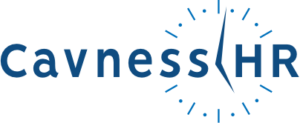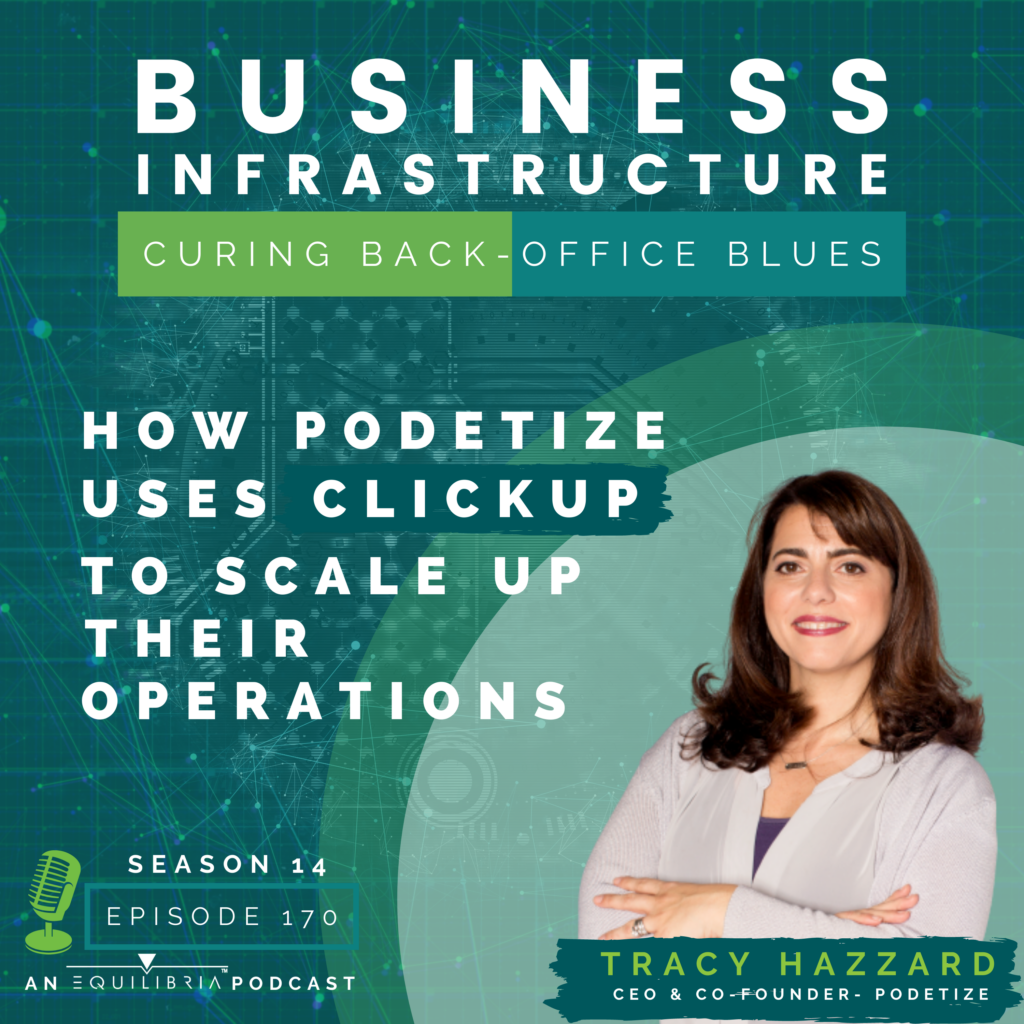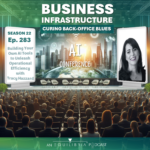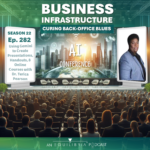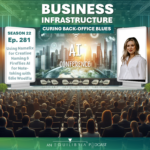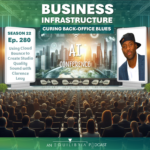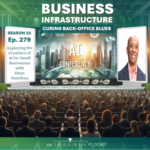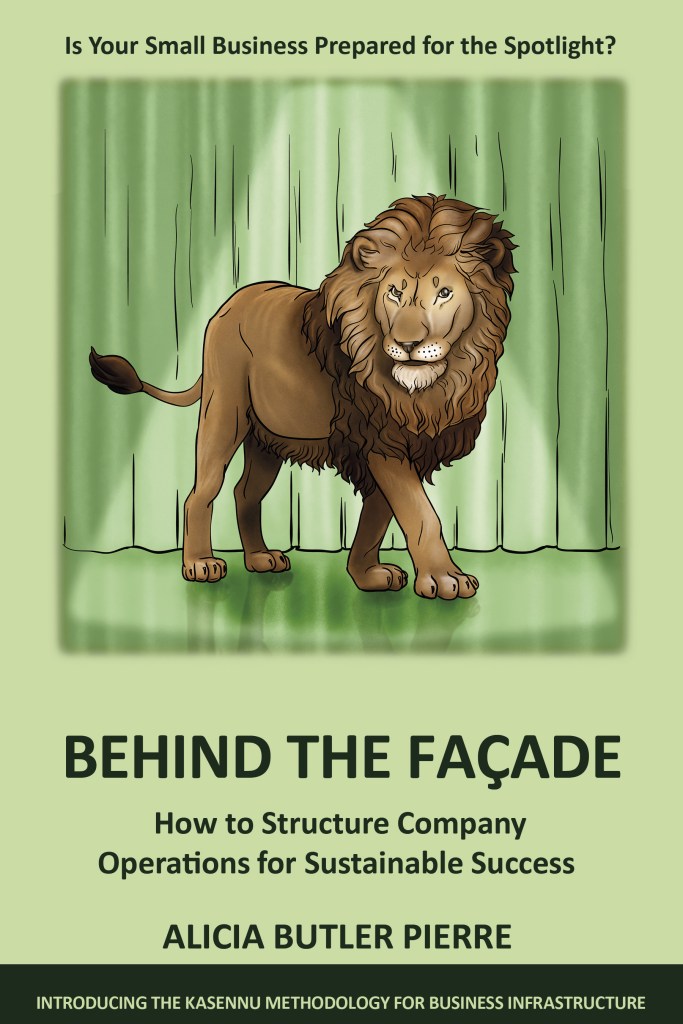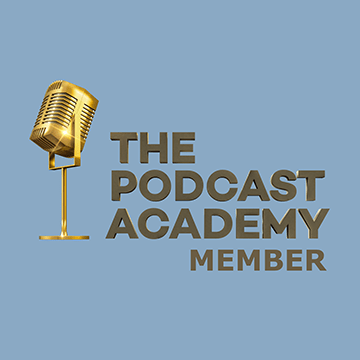[00:00 – 00:57] There’s this interesting dilemma that can happen once you figure out your processes and workflows, finding the right technology to streamline and automate them. Hi, I’m Alicia Butler Pierre. As small business owners, we don’t have the luxury of wasting time and money experimenting with different technologies. We need to get it right the first time. And if we’re lucky we can spare our coffers from the blow of expensive customized technologies by investing in an off the shelf or out of the box solution. You’re about to discover the low-cost technology that’s changed the game for how one successful entrepreneur and her global team of 90 plus people work. Who knows? If you’re really lucky, your team might also be able to use this technology and click up your way to operational success. This is season 14, episode 170. Let’s start the show.
[01:21 – 03:20] Having a tough time, trying to explain ideas over a video conference? Try the ThinkSmart Whiteboard. It’s the fastest whiteboard software in the world and allows you to upload flow charts and write on them while your colleagues are watching remotely. Call us today for a free demo. The number is 1-866-584-6804 or visit us online at getmytablet.com. Now that’s smart, ThinkSmart.
Today’s episode is brought to you by Equilibria, Inc. Scale your fast-growing business with less pain by hiring the right people, implementing the right processes and leveraging the right technologies. Learn more at eqbsystems.com.
It’s Season 14, everybody, and we’re exploring game-changing technology and how you can potentially use some of these technologies to revolutionize the way your company operates. Adding to the lexicon is the one and only Tracy Hazzard. Tracy’s joining us from Foothills Ranch, California. She’s the co-founder and CEO of Brandcasters, Inc., the company behind Podetize.
Now check this out everybody, Podetize is the largest podcast production and alternative monetization company in the world. Tracy is also an Inc. columnist, and she’s even been featured on Larry King now as an industry expert. Now, although Tracy has quite the podcasting pedigree, we’re actually going to focus on one of the technologies that she says has changed the game for how she and her team works. And that technology is ClickUp. Tracy, it’s such an honor to have you here today, welcome to the show. How are you?
[03:20 – 03:30] Thank you so much for having me, Alicia, I’m so excited to talk about business infrastructure, which is just so odd, right? To talk about like the techie behind the scenes stuff.
[03:31 – 04:03] Which, you know, Tracy…actually, that’s a great segue to what I wanted to mention first to those who are listening. I had the pleasure of being a guest on one of your podcasts, the Binge Factor. And a couple of months ago, I was pleasantly surprised when I received an email from your team saying, “Hey, you know, your interview on The Binge Factor was actually cited in Tracy’s Top 20 interviews or Best Interviews,” I believe. And mine had the designation of being the Most Unexpectedly Interesting.
[04:05 – 04:49] I had trouble naming what to give you, as you know, so first off this is, you know, this is the thing it’s like, we look at our hundred episodes. So, this was a hundred episode celebration. And we looked at them and we said, well, you know, which ones did the best in terms of like got a lot of listeners, you know, really had interesting topics, but then if they didn’t stand out in my mind as being memorable, then I nixed them off the list, even if they were a top show and a top episode, in that case. And so, yours stood out to me and I was just trying to figure out what to give you, because it was that, it was just so different in our conversation about what your show is like in the way that you run your show. So that’s why I had to feature you. So, congratulations!
[04:50 – 05:02] Thank you. Thank you. And it is indeed an honor. So actually, can you tell us more about Podetize and Brandcasters? So, is it correct to just say Brandcasters or Podetize or both?
[05:03 – 05:55] Podetize is our front facing brand and you know, how companies, no matter what their company name is, they become known by their trademark as their front facing brand. And that’s what we are. So, we’re really known as Podetize. So, we’re a combination: MaaS – marketing as a service and SaaS – software as a service. So, we’re a combination of the two. So, for marketing services, we really do just about everything imaginable related to podcasting video to audio, to blog, to social share, we handle all of that for our clients. And then on the SaaS side, we have ad mixing and hosting combined in a really unique way. We’re driven towards business use of podcasting, not sort of that entertainment use, although we do have entertainment networks that use our podcasting system as well, but that’s basically what we are. We’re just, we’re just like the full-service podcasting company.
[05:56 – 06:26] Absolutely. And something that I have read consistently across all of your different websites, as well as your LinkedIn profile, basically anywhere I see you and your information online is that, yes, we always hear about vanity metrics, right, Tracy? So, the number of downloads being one of them, number of reviews. And I clearly remember having a conversation with you after you interviewed me on your show about, yeah, you know, Apple Podcasts…really? Do you really have to make it so hard for people to leave a review? Really?
[06:28 – 06:49] They all do. They all really do. It’s crazy. Actually. I think the best one out there to leave a review is Good Pods, they have one of the simplest, like you’re already listening to it. And you’re like, this is a great episode. So, you can rate an episode, not just the whole show, it’s one of my favorites. And all you just do is you click your star and type it in and you’re immediately sharing that. But there are so few that are full.
[06:49 – 06:52] Yes. And what was the name of that one again?
[06:53 – 07:01] Good Pods. Yeah, it’s run by JJ Romberg and her brother. And they do a fabulous job. It’s really just starting to take off in the last year.
[07:01 – 07:34] Very interesting. And the reason I brought that up is because again, something that I’ve seen across your materials online, no matter where I happen to land is that it’s not just about those vanity metrics, especially when you’re talking about using your podcast as a potential business development tool. So, I, so appreciate that because you’re right. And that’s definitely been my experience. Podcasting has definitely, I would say, it’s breathed new life into my business because things were getting really stale.
[07:34 – 08:10] And that’s so common, Alicia. You know, in a sense, we measure the wrong things all over the place. So, we measure the wrong things a lot of times on social media. For measuring followers and friends, we’re not really measuring engagement and conversion. So, how do we get to the measurements and things? That’s something that drives me. I’m always trying to figure out, how do I maximize anything that I can do and my clients can do, so that we are really looking at measuring the right thing and making sure that it’s making a measurable difference in our business because otherwise it’s not worth spending my time. I am a busy person.
[08:10 – 08:39] Right, right. Speaking of being a busy person, my goodness, Tracy, you have such an interesting background. So, I noticed you have a fine arts degree in product design, as well as textile design, and also an advanced degree in writing, but it looks like your podcasting journey started with your first podcast. WTFFF? 3D Printing? Was that your very first podcast?
[08:39 – 08:43] It was. It was my very first podcast. It’s called WTFFF.
[08:43 – 08:45] F, F, F. Yes. WTFFF.
[08:48 – 08:51] 3 Fs for Fuse Filament Fabrication, which is the geeky term for 3D printing.
[08:52 – 08:56] Oh, okay. Got it.
[08:57 – 09:44] So it was our first podcast and we started that in our design business. We’d been designing products for mass market retail, things you buy at Costco, Walmart, Target. You can still buy our products today at pretty much anywhere you can. We have a platinum record office chair that they still sell and probably sold better in the pandemic than ever before. And, and so, yeah, that’s our business that we had before and we thought we’re going to break out and we’re going to move into 3D printing. And we want to develop all these extra services and we might do some consumer direct stuff. And so the podcast was simply a test to see if the market wanted what we had to sell. And in the end we determined the market didn’t want it. It’s a really good thing we didn’t invest all this money into our business in that format and hired all these designers that we were going to hire.
[09:44 – 10:36] And instead they wanted the information we had, and they wanted more of it. So WTFFF was a test to see if people wanted to buy what we had to sell. And in that case, it would have been a bunch of designs and we would have had to hire a lot of designers. And I’m really glad we didn’t invest that in our business because it turns out they didn’t want that at all. What they wanted was information about 3D printing. And so, for us to become that resource was extremely valuable. And we ended up, you know, creating a whole extra passive income, you know, strategy for ourselves within that business. But even more so other podcasters came to us and said, what are you doing? And can you tell me exactly how to do that for myself? And when we would tell them, they would say, oh, could you just do it for me? And they would shove their credit cards at us. And so that’s how we ended up with a whole spinoff business.
[10:36 – 10:40] That’s a nice thing for someone to do, to shove their credit card at you.
[10:42 – 10:54] Yeah, I think they could sense our hesitancy, trying to decide if, like, it fit our current business, which it didn’t. And eventually we had to completely, you know, form a new company and that’s how Brandcasters, Inc. and Podetize came about.
[10:54 – 11:07] Got it, got it. And so now you’ve built this amazing team and I was looking at some of the stats that are on the homepage of Podetize.com, you all, up to this point have produced over 550 podcasts. Wow.
[11:08 – 11:26] Hey, I think it’s a little out of date. I think we’re over 600 now, and easily. And we have, we have almost a hundred person team right now. It’s like 90 something. It changes all the time. 90 people working around the clock around the world.
[11:27 – 11:59] Wow! Tracy, oh my gosh. That is so impressive! You know, with 90 plus people, I’m sure there’s so many moving parts and that you all definitely have to have technologies, especially being that they’re in different parts of the world, different with, working around different time zones. You have to have good technologies that can bring everyone together. Make sure everyone is on the same page. Communication and transparency are so key. I’m wondering, is that what led you all ultimately to selecting ClickUp?
[12:00 – 12:58] You know, it did, in sort of an indirect path. I mean, the reality was, when we set out to do the business, we didn’t want something to become completely templated and cookie cutter, which is why there is no technology on the production side of things. So, it’s not a Canva drag and drop graphic. Our graphic group actually makes custom graphics, right? It’s not automatic editing for video and audio systems, right? We have real live editors who know what they’re doing and listening to things and moving things. So, we created the system that needed to be bespoke and at the same time, extremely efficient so we could produce podcasts in seven to ten days. And so that is what really, what led us to having to put tight controls over so that we could identify exactly where a podcast was in that seven to ten-day process and who was touching it at that moment in time with the large team that we have, right?
[12:58 – 13:33] And so that’s where, you know, in order to follow up in order to make sure everything was in place, we also needed to have really dynamic SOPs [Standard Operating Procedures]. We really had to make sure that all of that was the case because every podcast is different. We wanted to allow all podcasters to have their workflow and their style, their brand, to be able to shine in whatever we did for them so that this felt like it was truly their production and not ours. So that’s what led us to finding like, something really flexible and really trackable at the end of the day.
[13:34 – 13:39] So for those who are listening, who are not familiar with ClickUp, can you explain what exactly is ClickUp?
[13:39 – 14:53] You know, it’s kind of an interesting, it’s an interesting mix of things. So it’s really a workflow management, right? So tasks, assignments, you can follow them through. There are sub-tasks. So it’s not all that different from other project management style softwares, but it has a little bit more communication through it. So you’re almost like you’re getting your Slack, you know, your Slack communication and your chat in there at the same time that you’re getting your workflow going. And so they’re, they’re combined together in a really nice way, but the best part about it is everything’s tracked on a time standpoint. So every single, from the moment someone says, I’m taking this assignment to edit the audio of Alicia’s podcast. The minute the clock starts ticking, and then we know when it’s done and it immediately flows into the next person because we have all the automation set in through the process. So it’s highly automated. You can template things and save them. So each podcast can have its same workflow again and again, every time an episode gets submitted and it integrates perfectly through an API with our portal where people upload their episodes too. So the minute you upload your episode, it’s in production.
[14:54 – 15:19] Awesome. So if I were a podcast host who was a customer of Podetize, the minute I record an audio and download that audio, I would then upload it to the Podetize portal and then it somehow communicates to ClickUp and that lets your team on the backend know, “Hey, it’s time to trigger that seven to ten-day production process?”
[15:19 – 15:49] Exactly. And if you weren’t doing video, then it would skip the video step for you because it’s all customized to your show. The same thing for people setting up shows. So if you’ve never launched a show before, we have complete launching services and we do the same thing, we track everything through that process to make sure your cover art’s done, your intro/outro music, all the fancy stuff you need to syndicate you everywhere around the world, through Apple and Spotify and all those places. So that’s all taken care of through its own process as well.
[15:50 – 16:23] So you mentioned an API integration that works directly with the Podetize portal, but I know just from me tinkering around with ClickUp several months ago, I know that it also offers so many other integrations with off-the-shelf solutions like, I believe, Monday.com or maybe even Asana, Slack. You mentioned Slack earlier. Are there any CRMs or do you and your team leverage a CRM component of ClickUp or do you kind of have it integrate with a CRM that you’re using outside of ClickUp?

